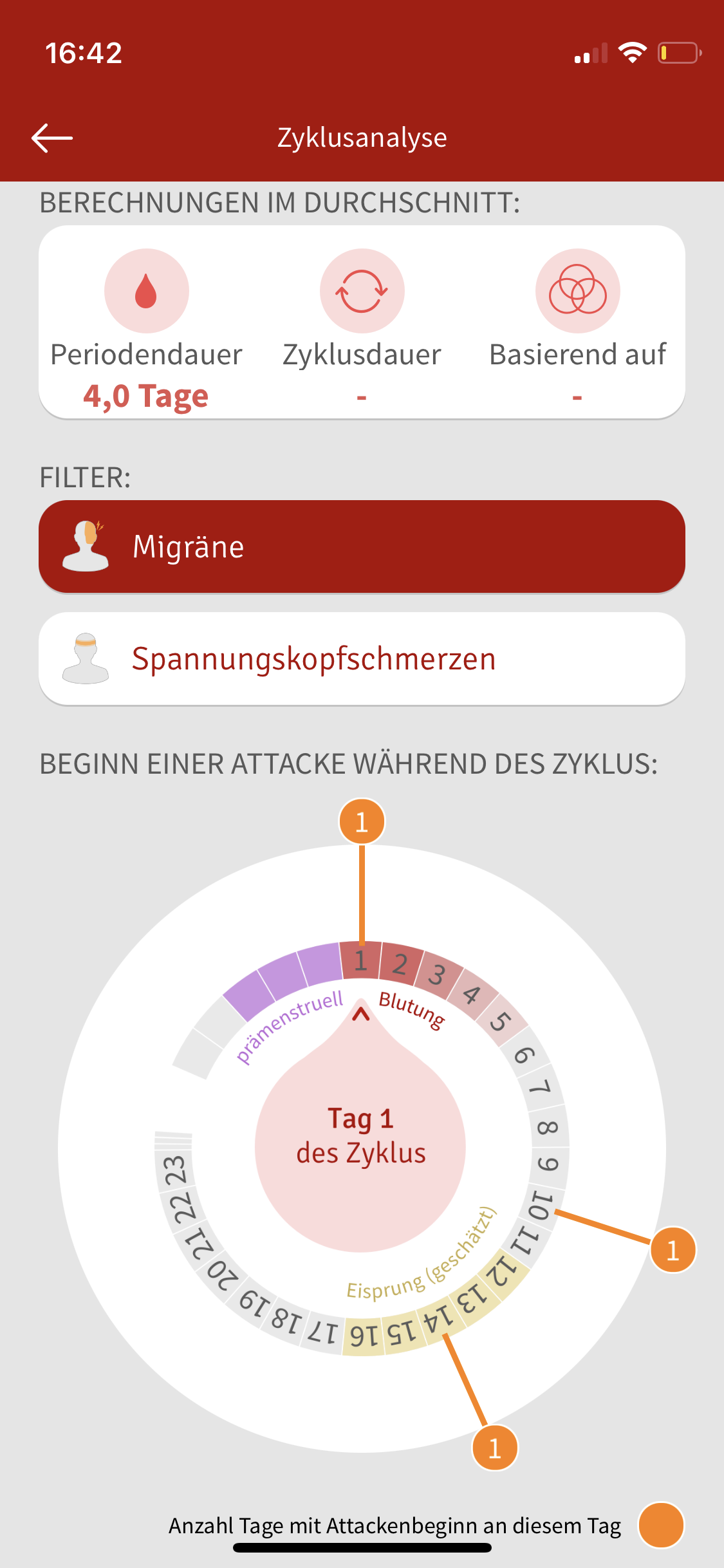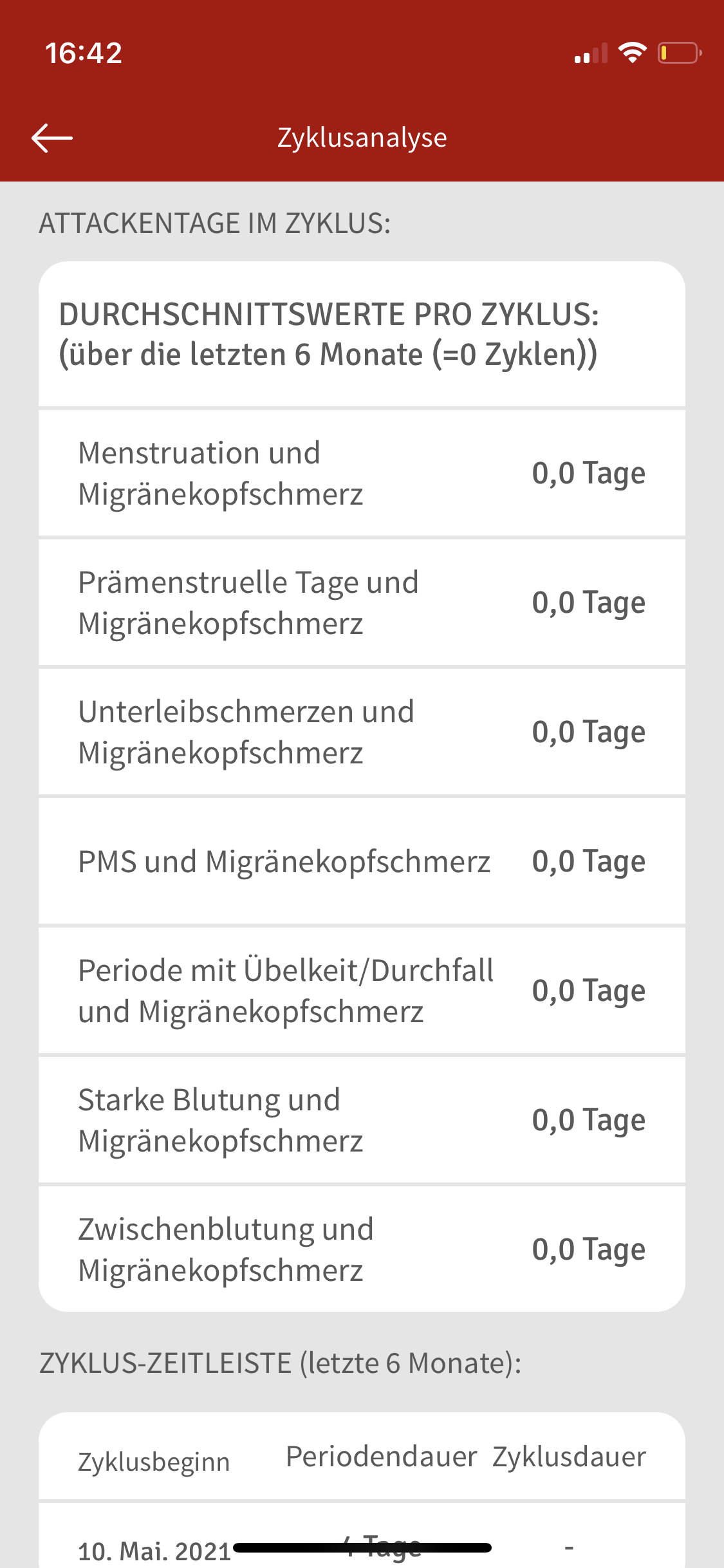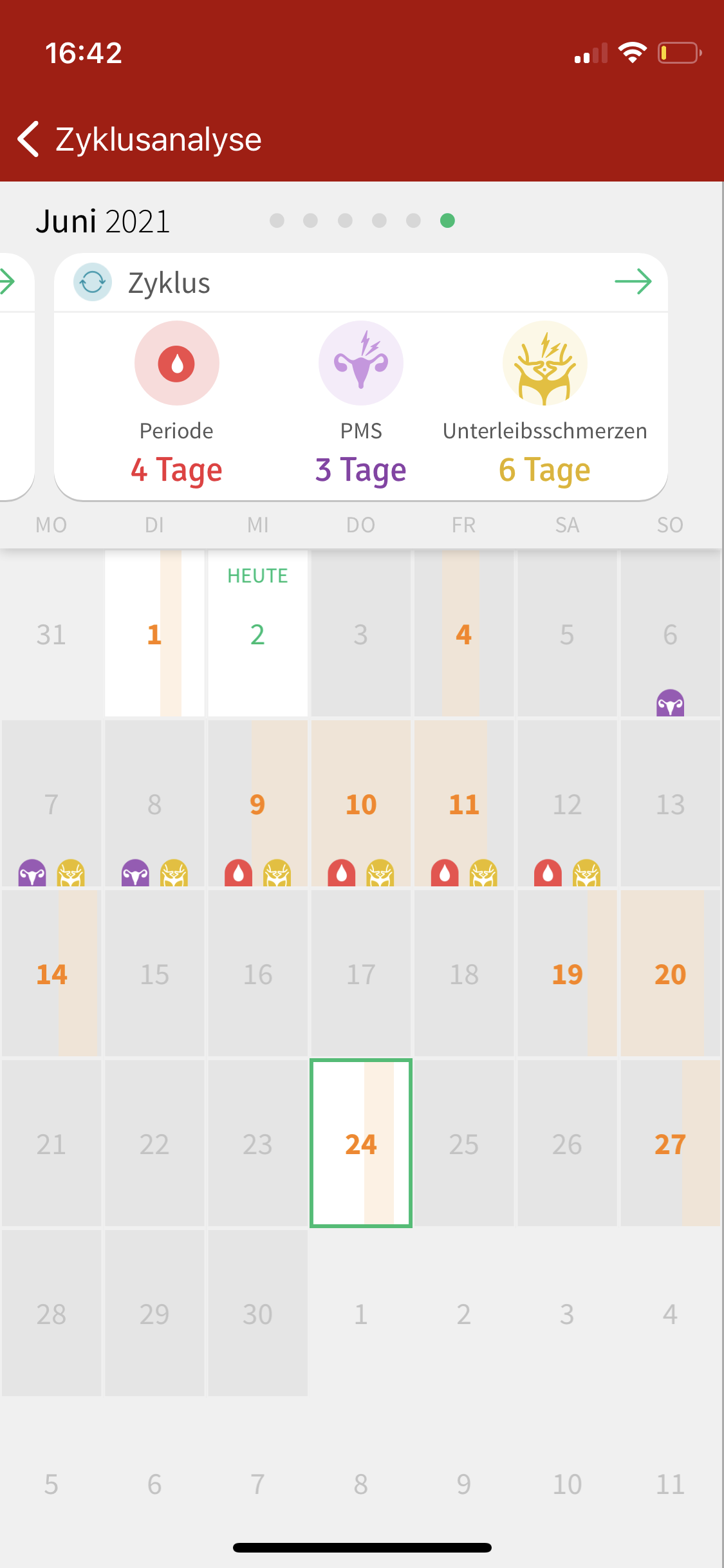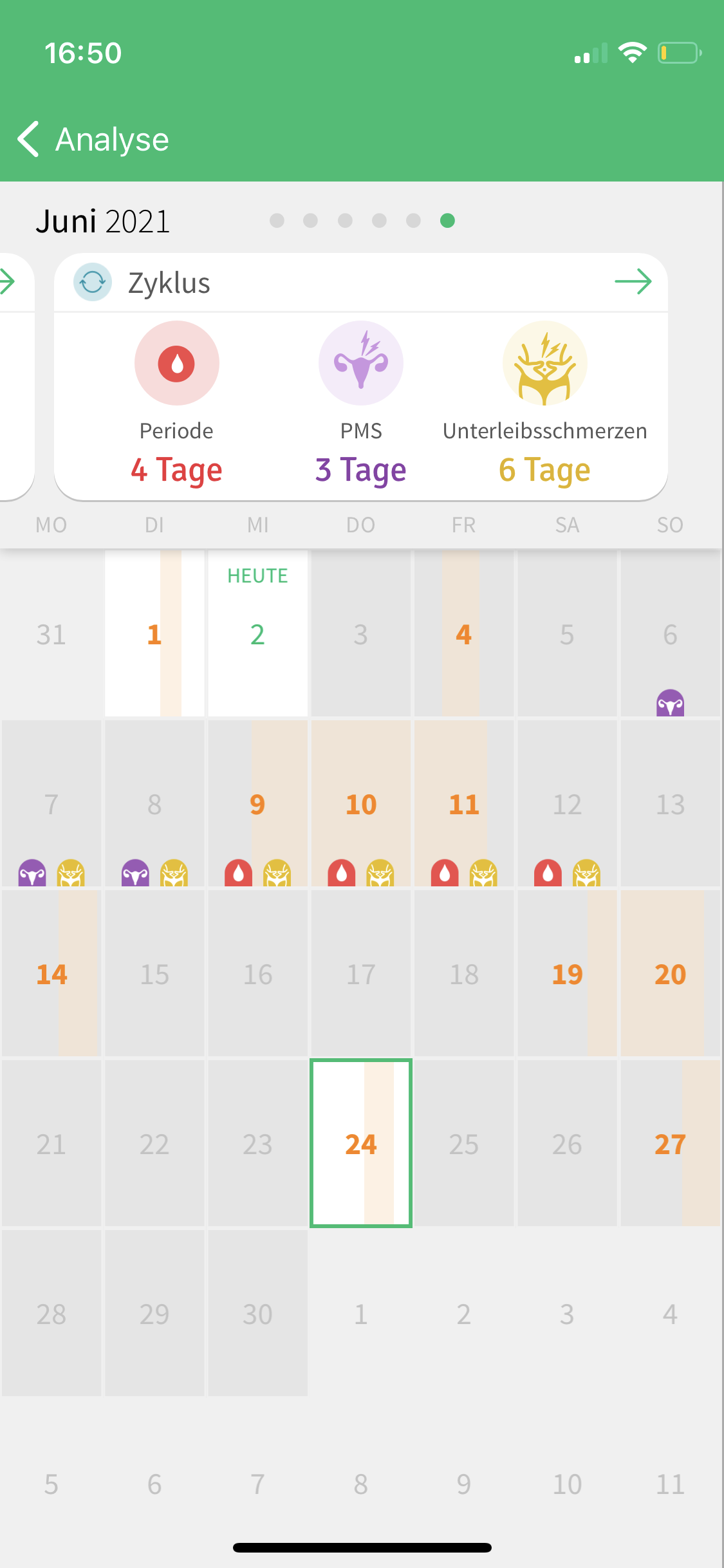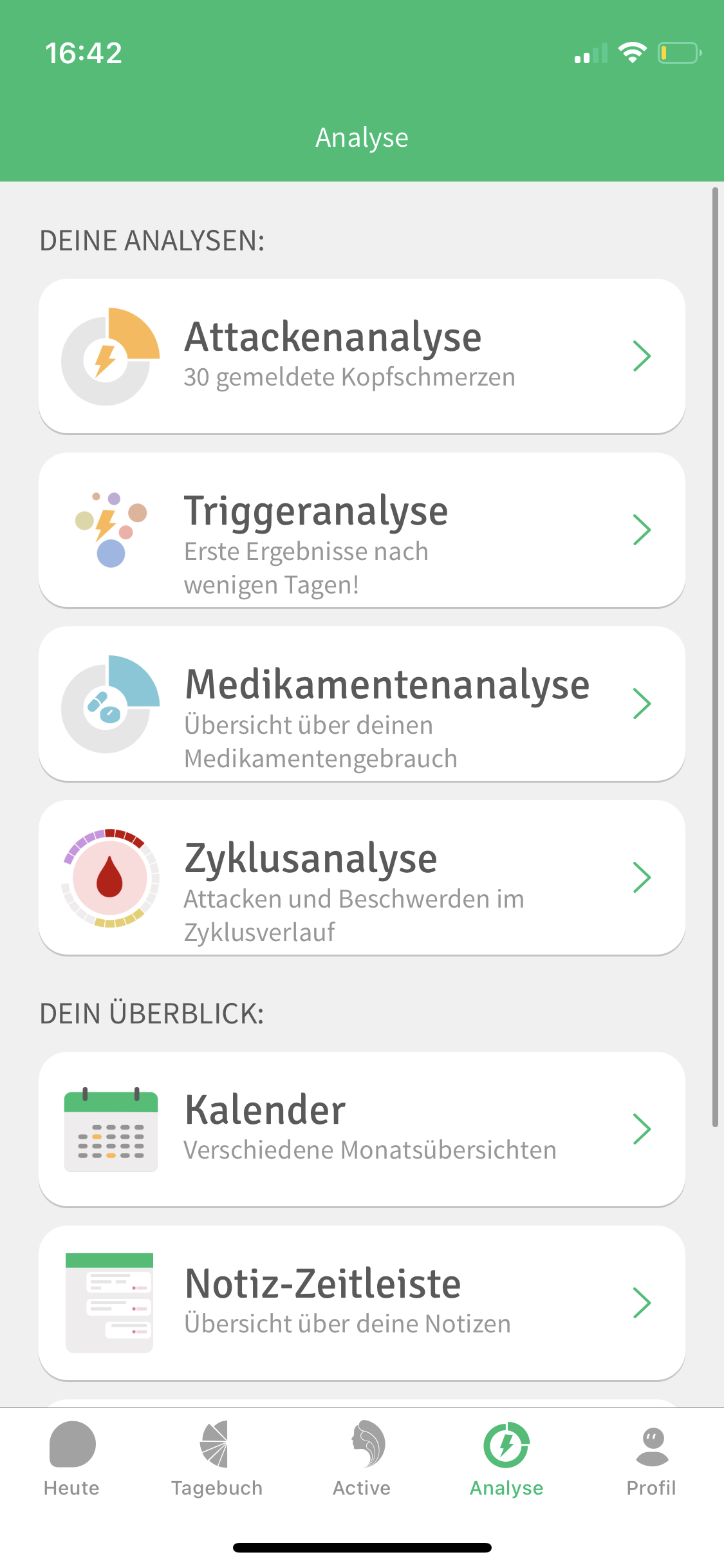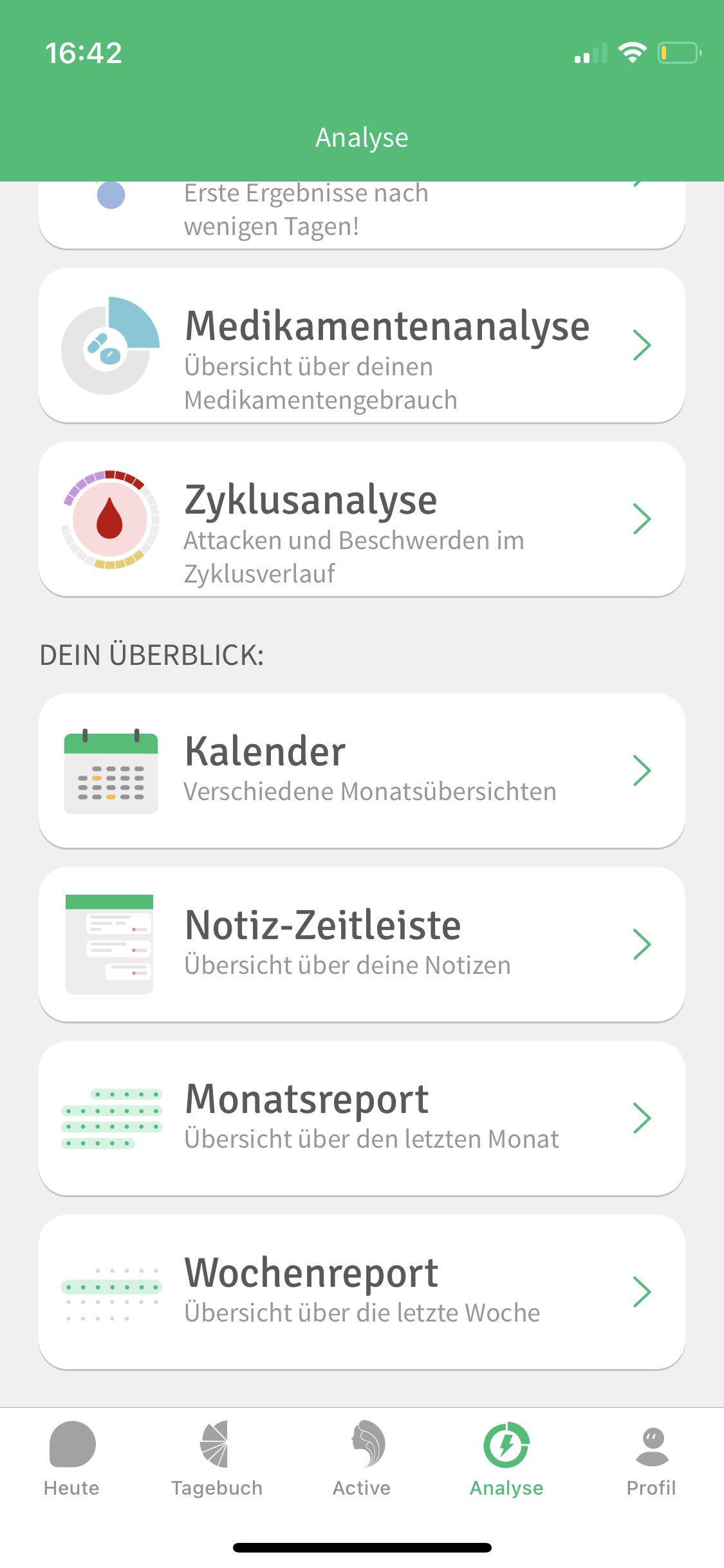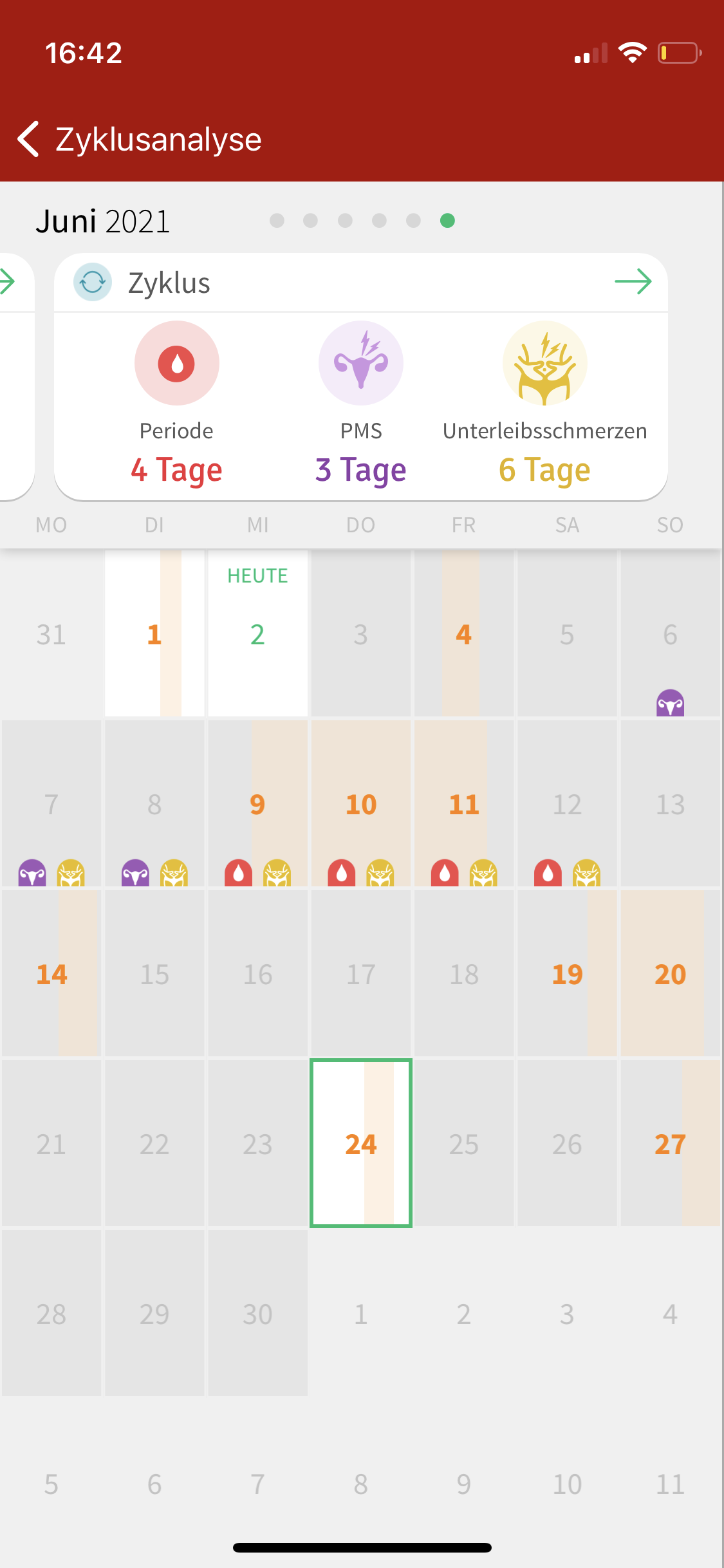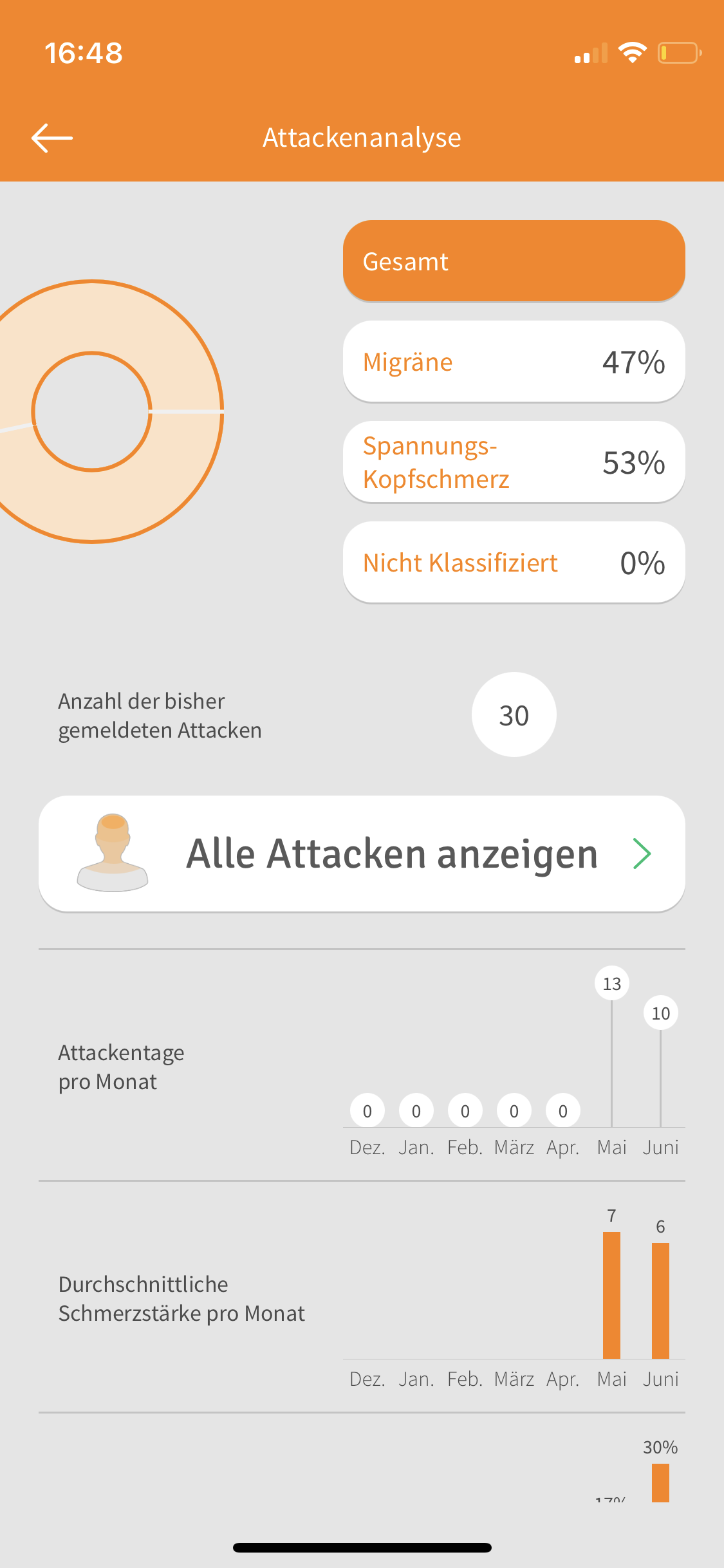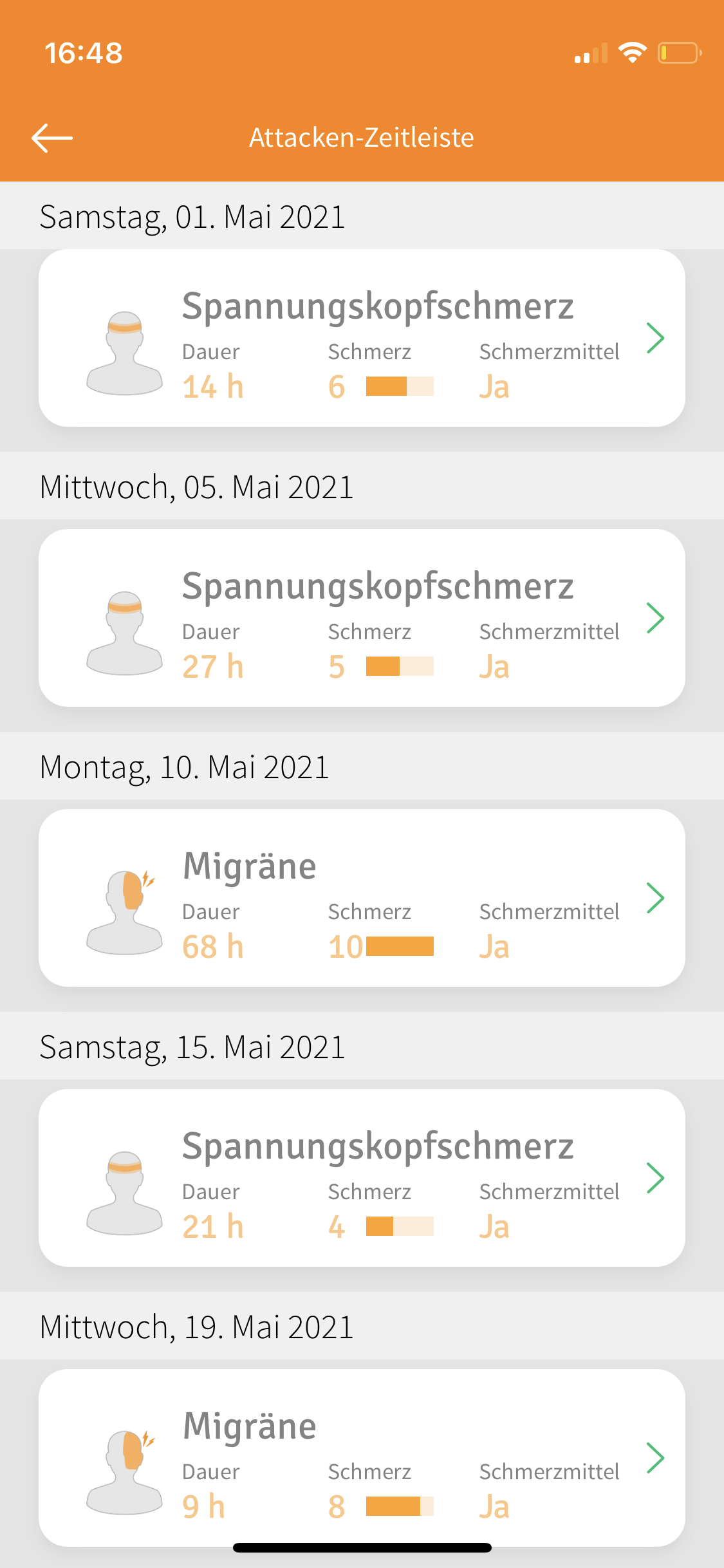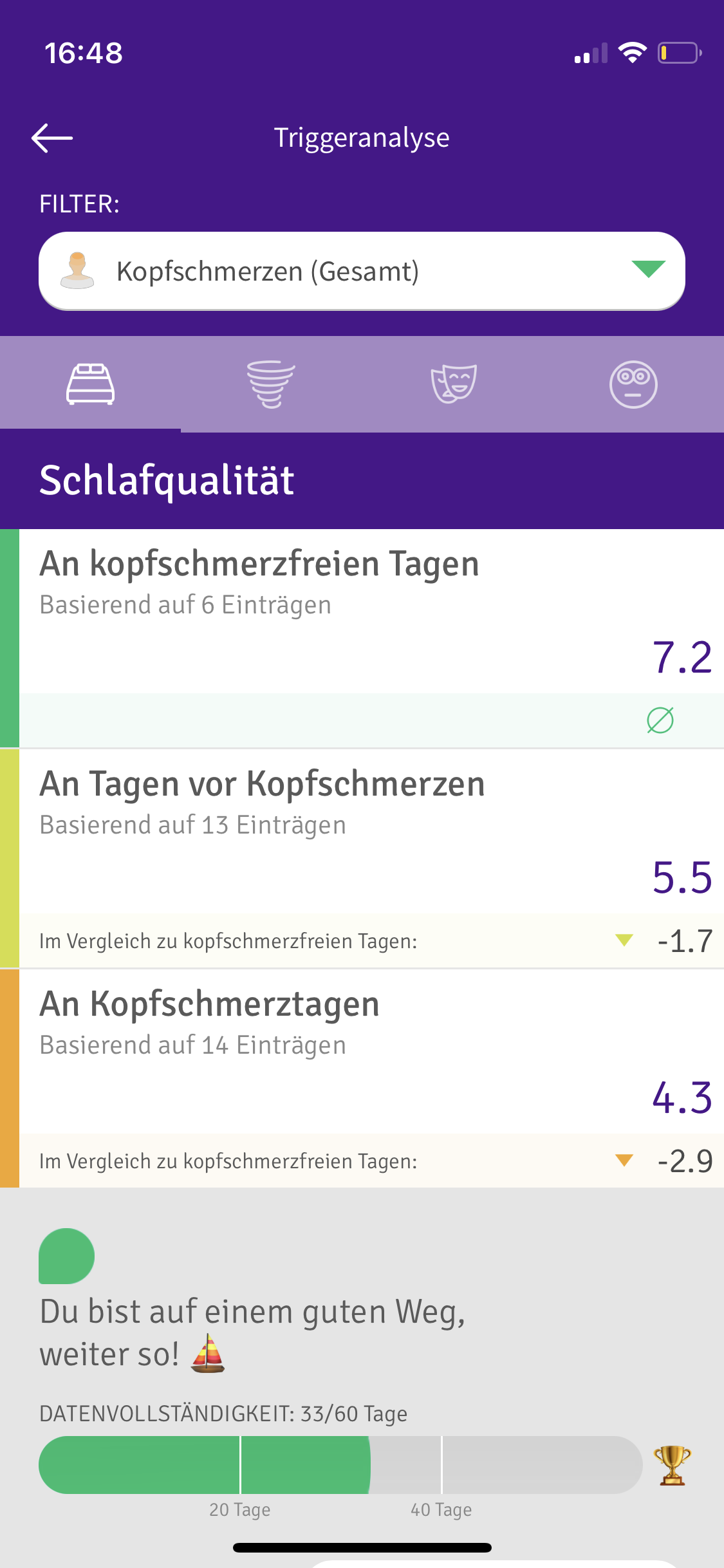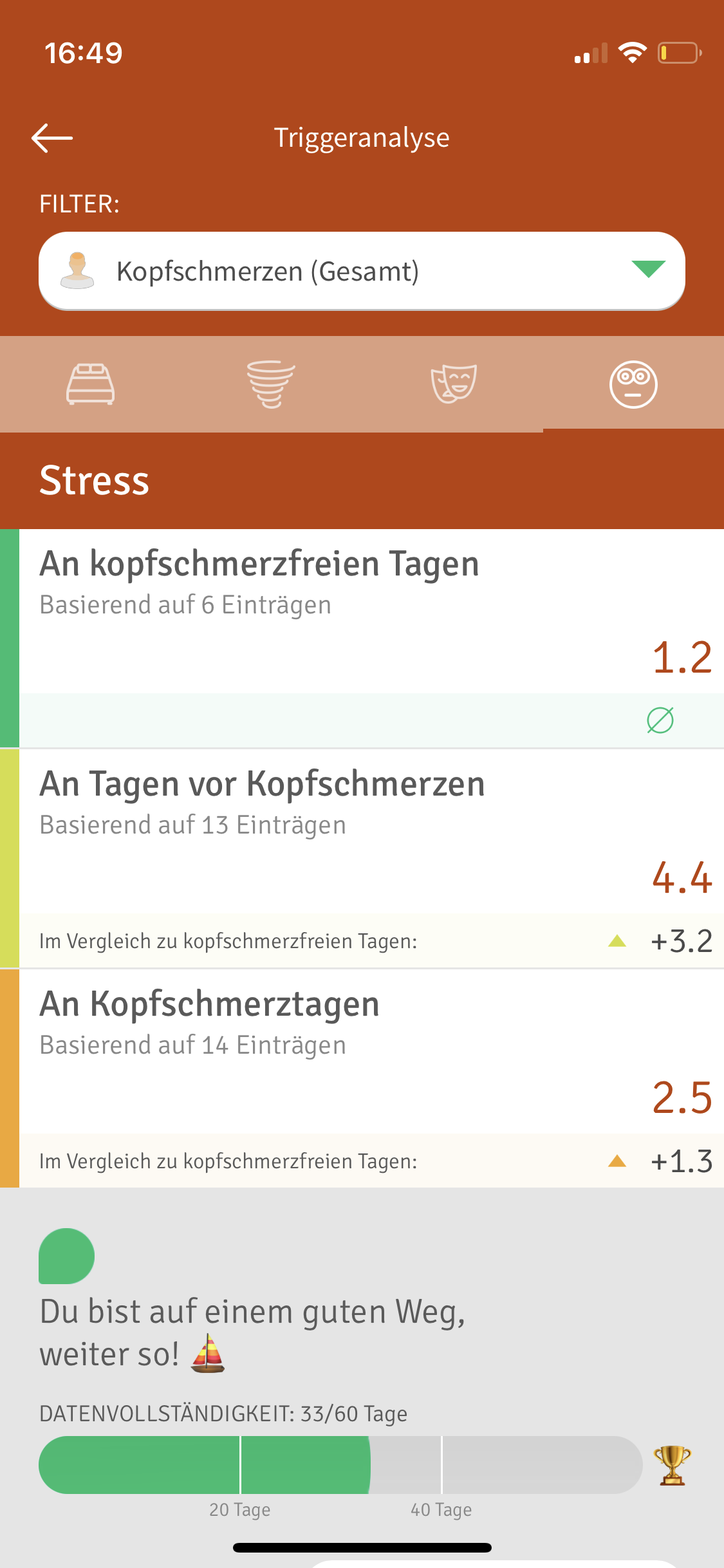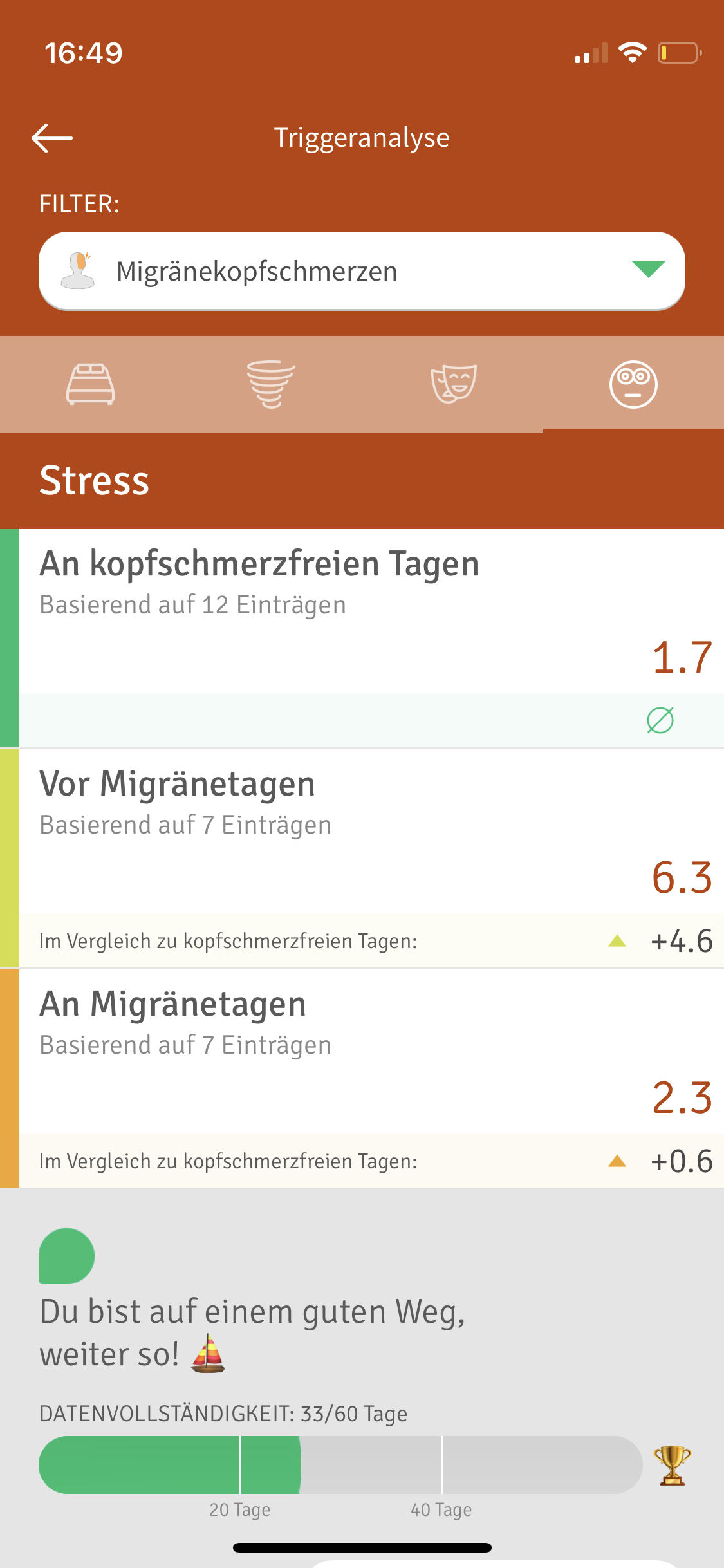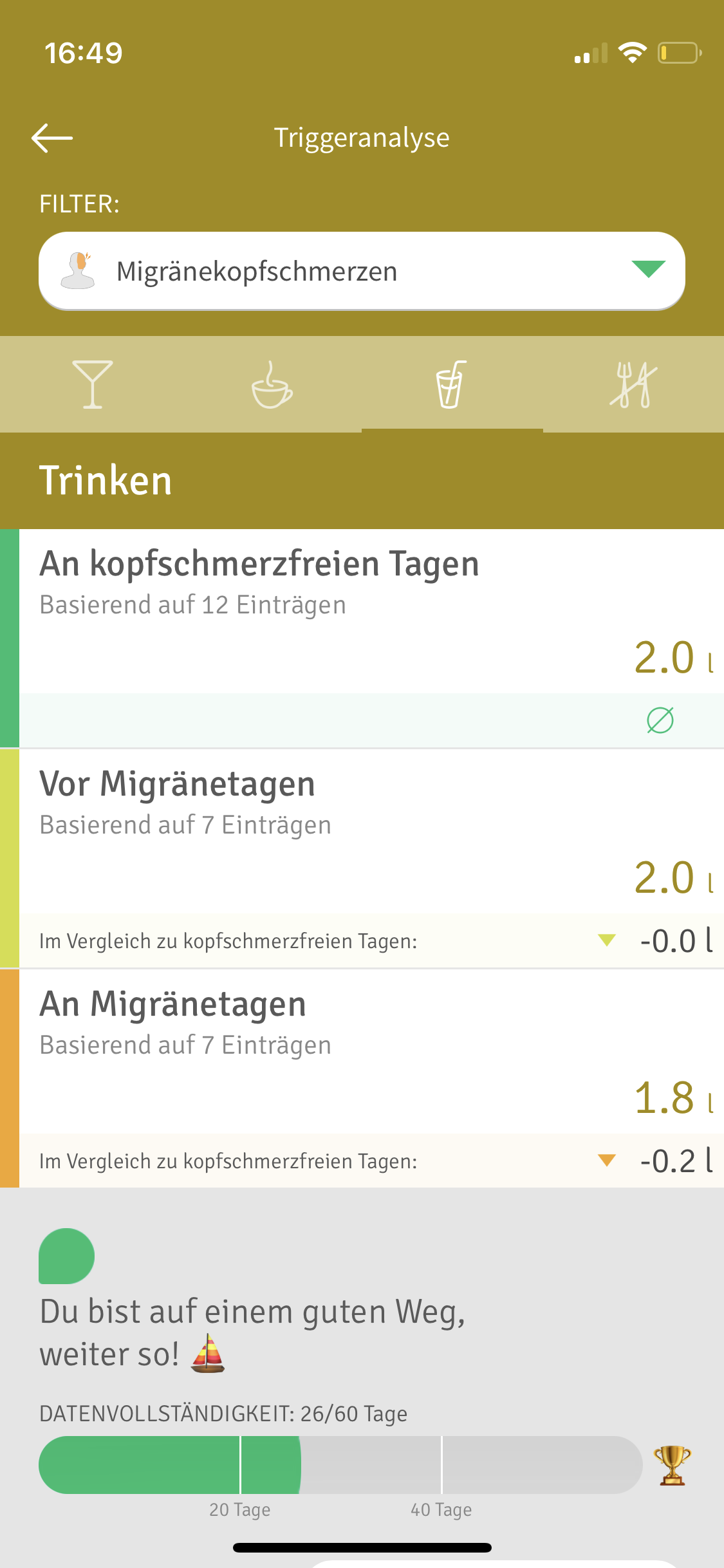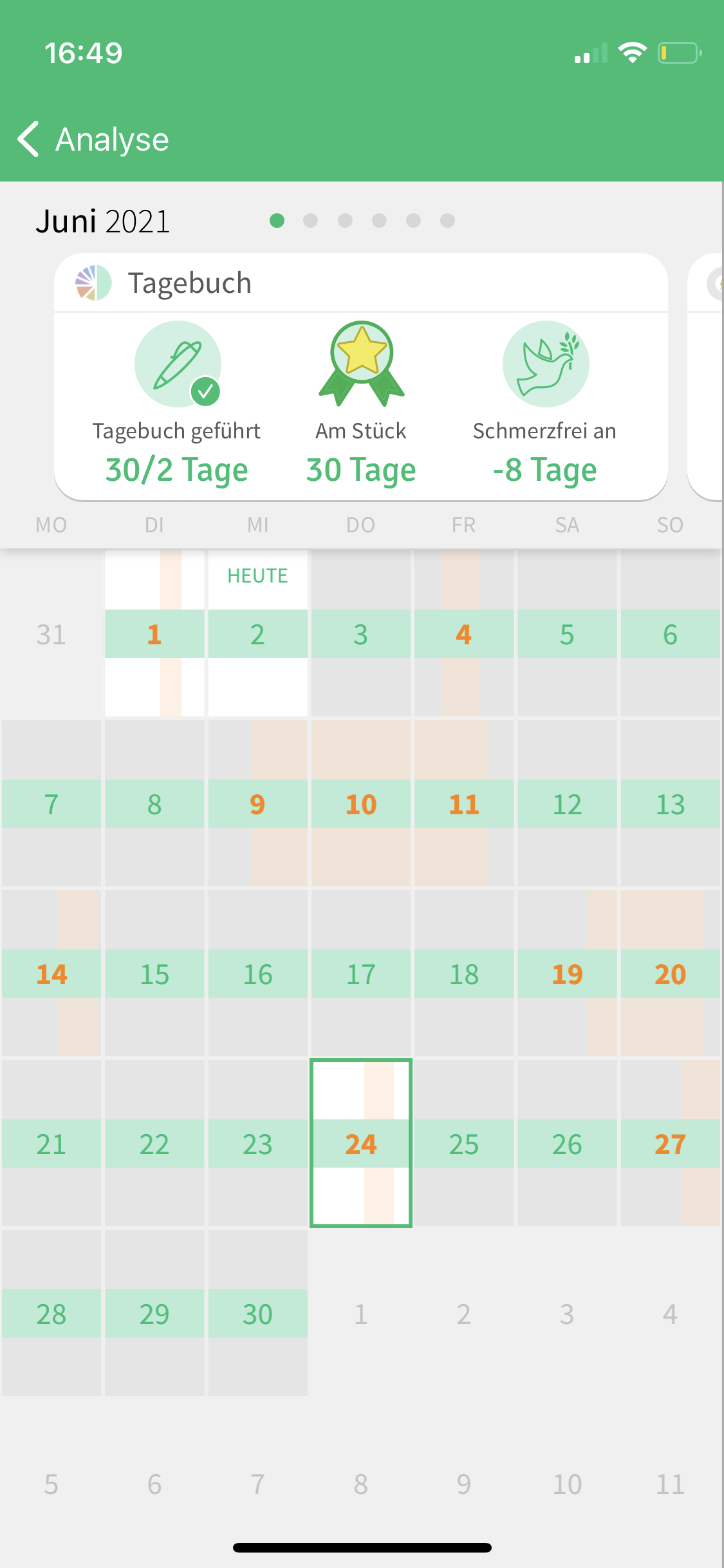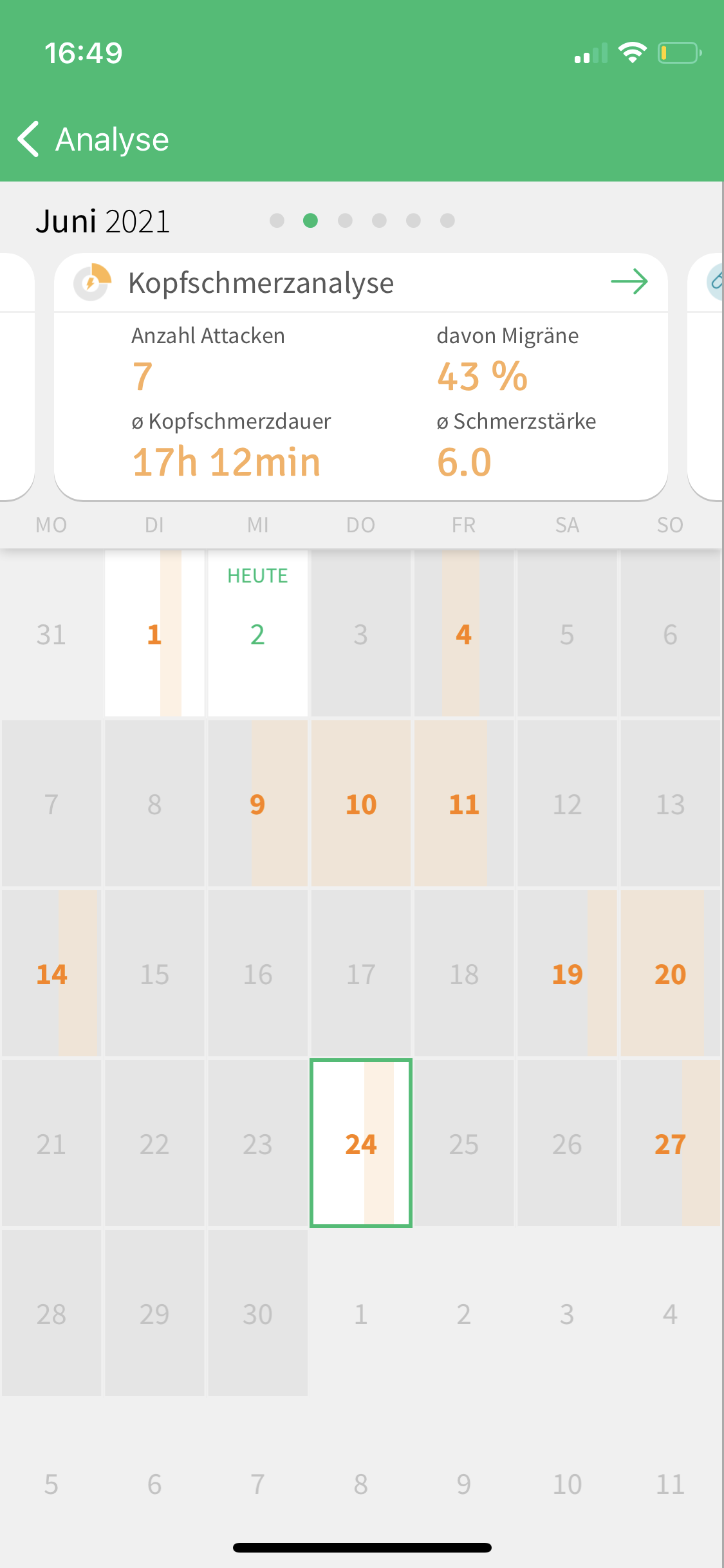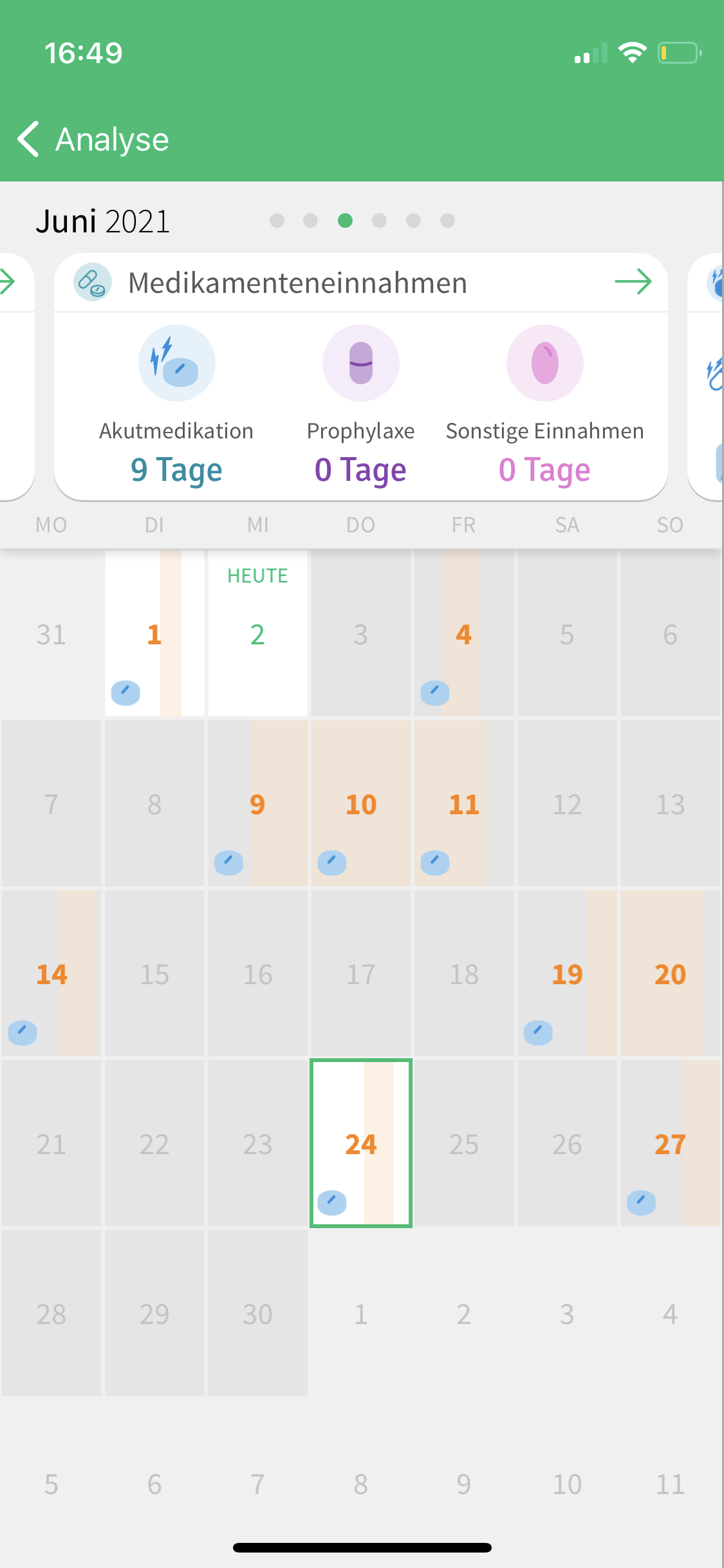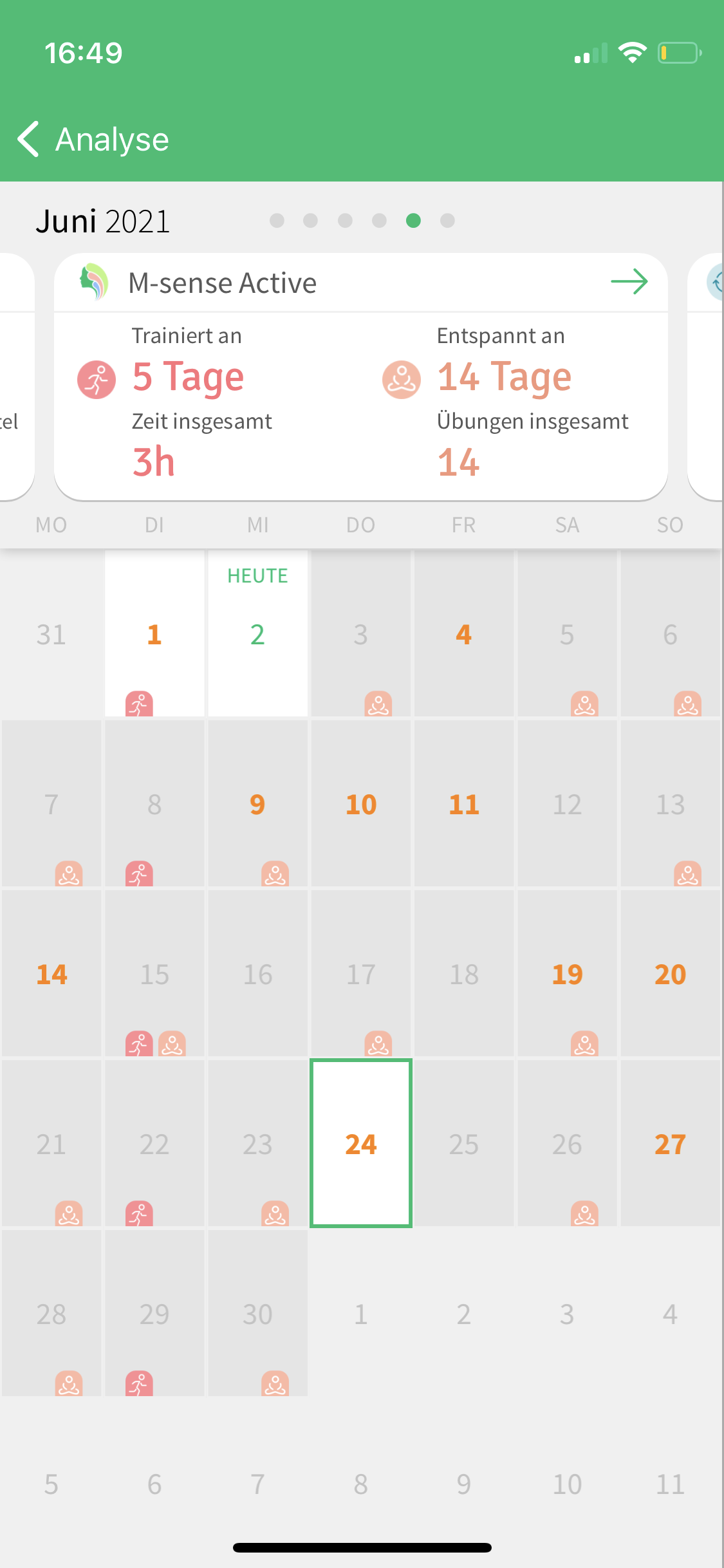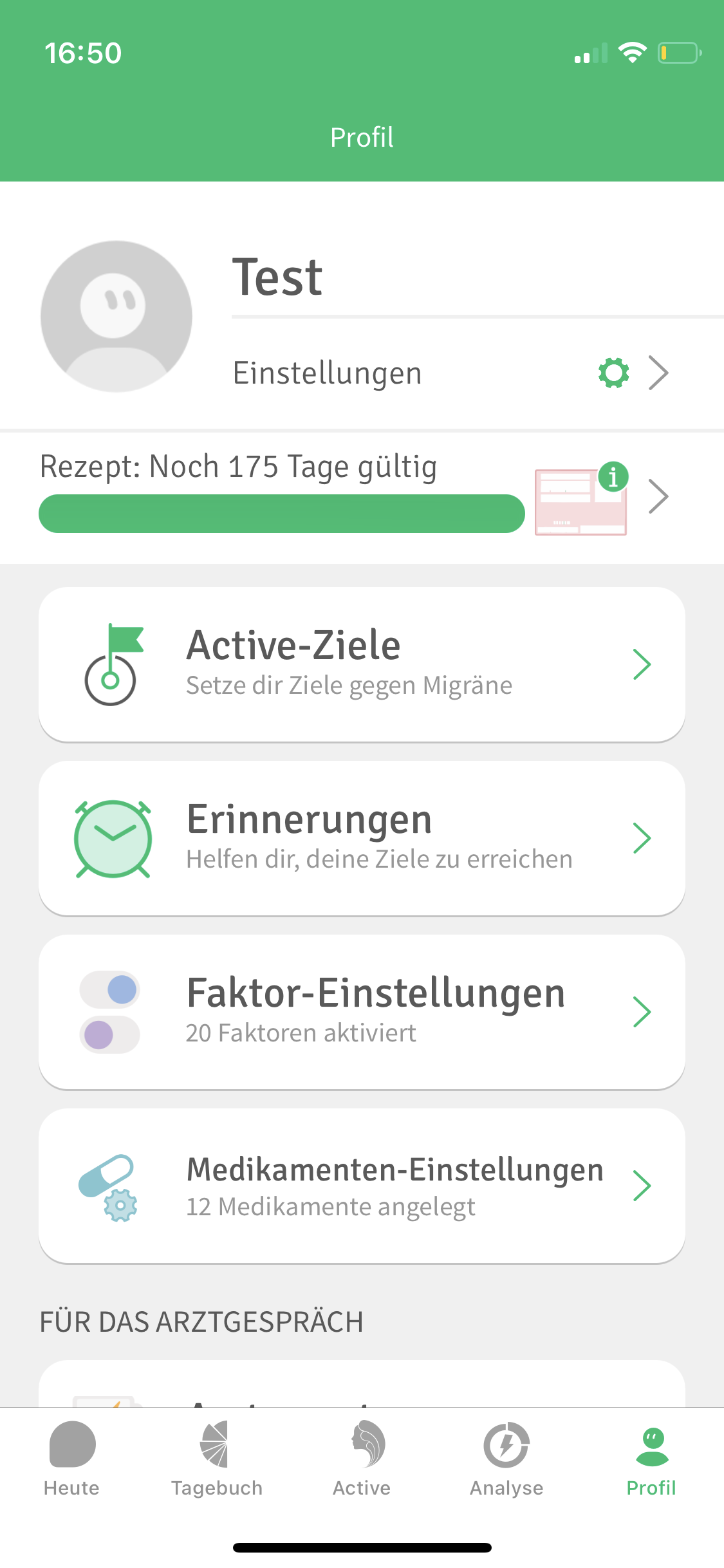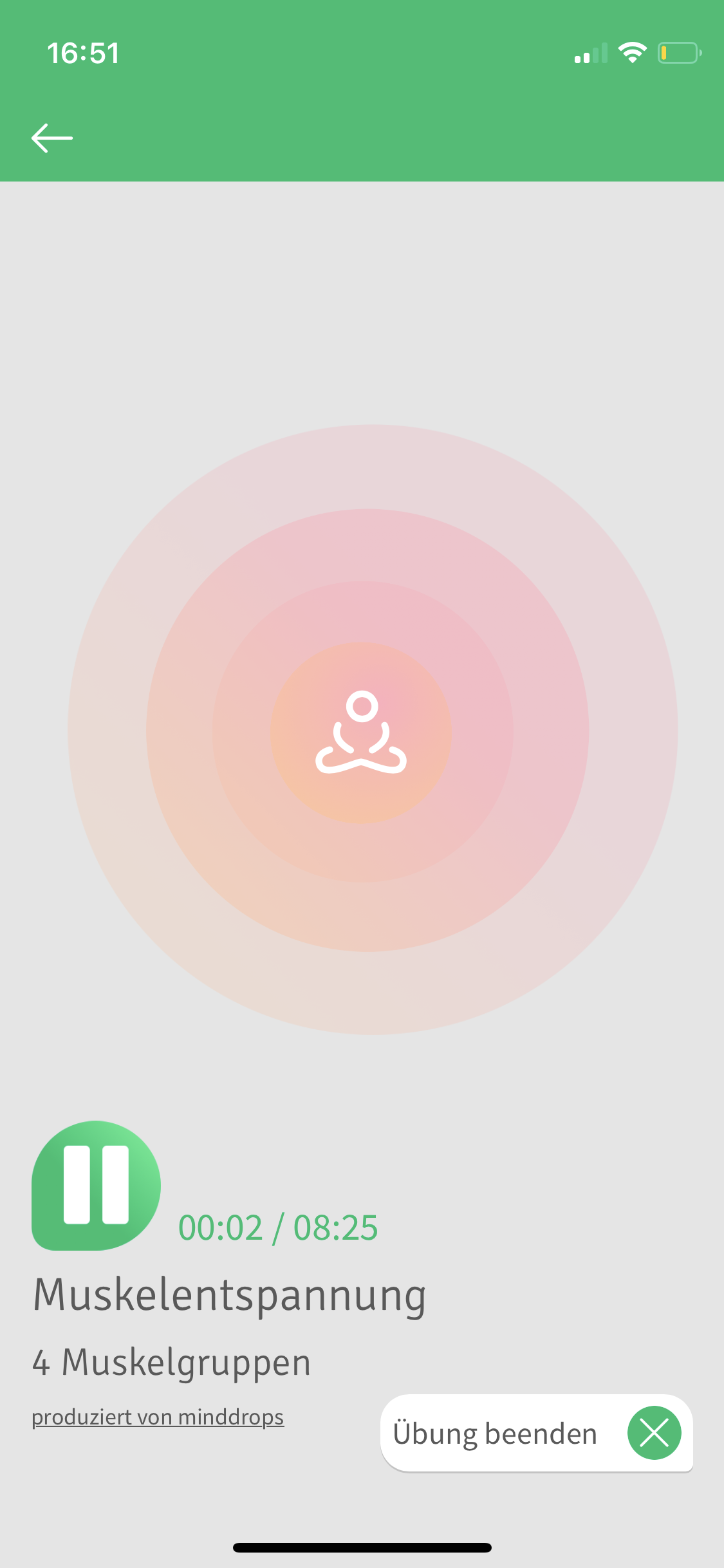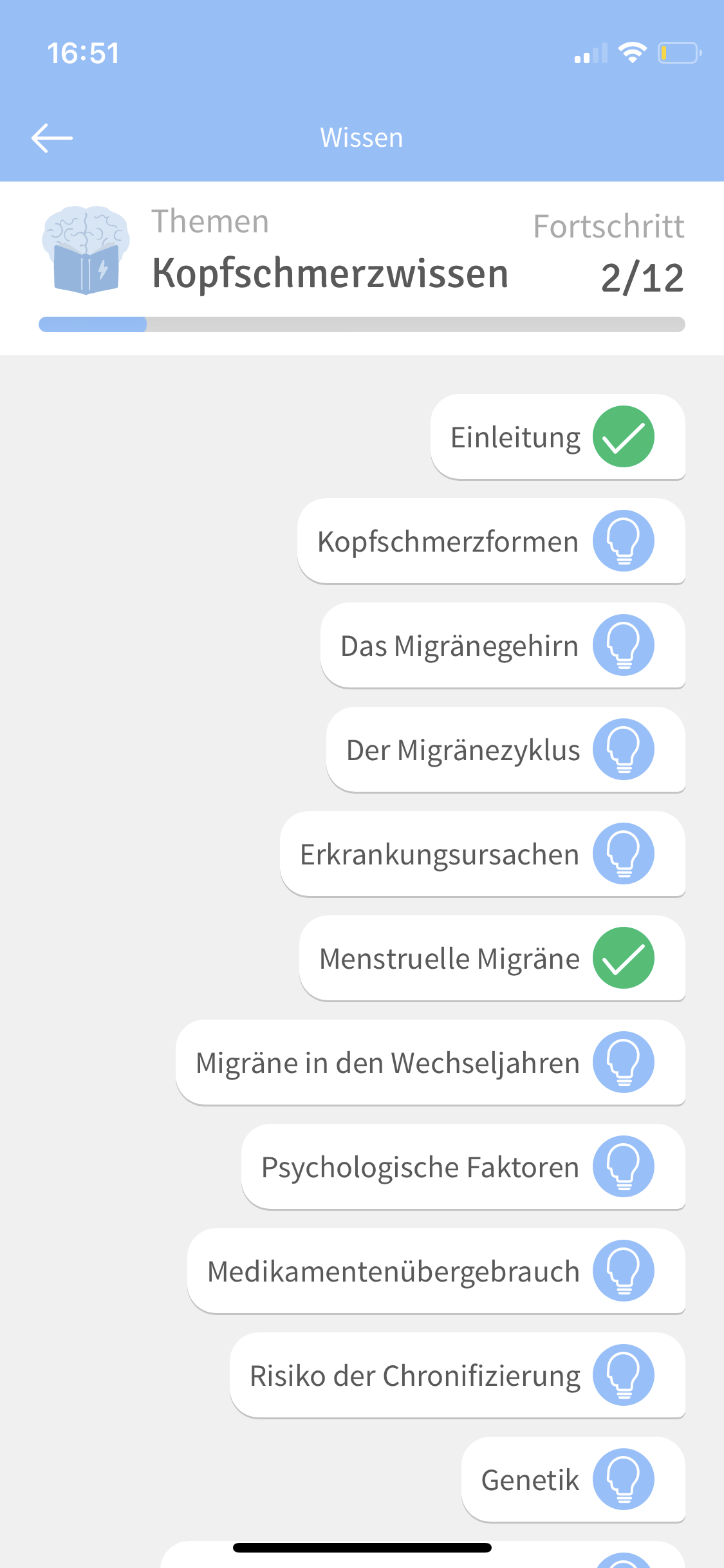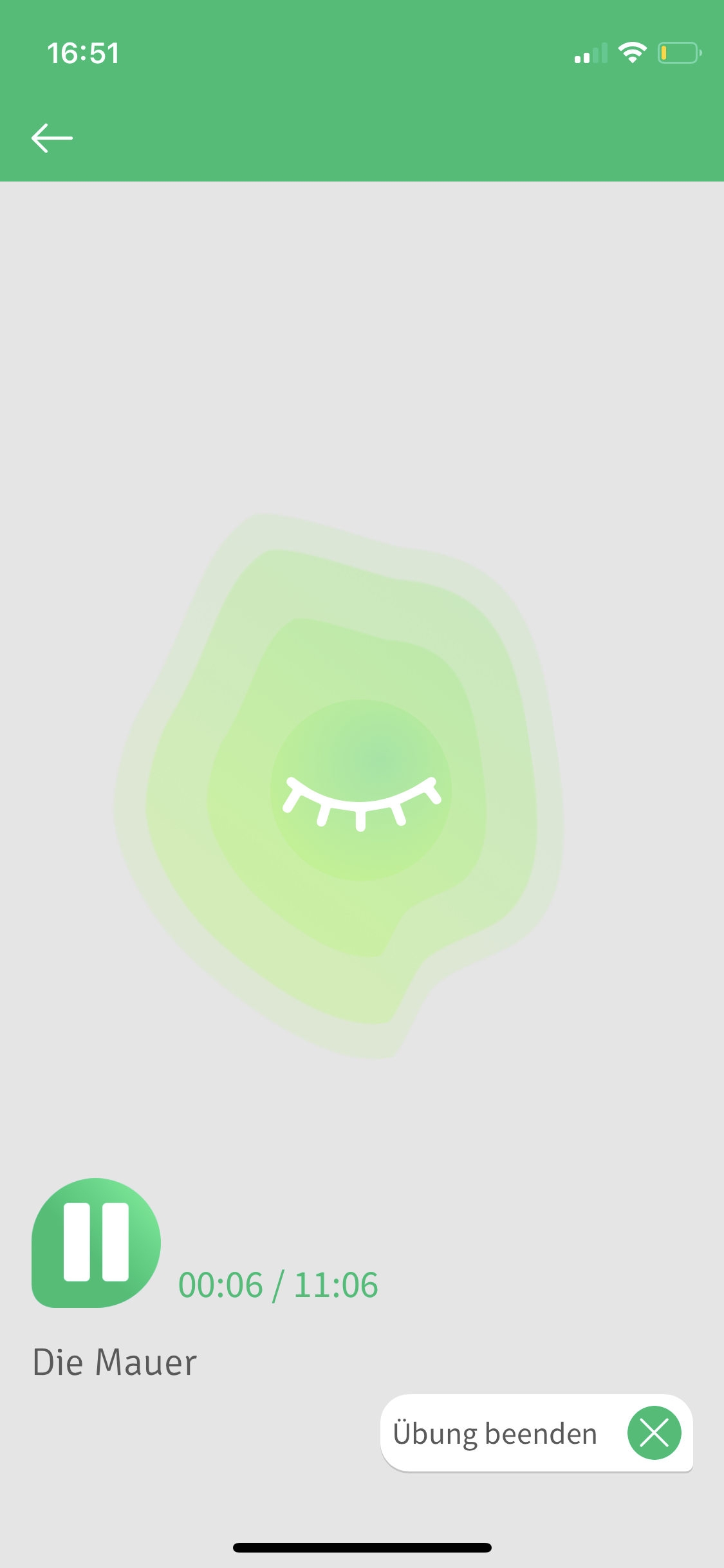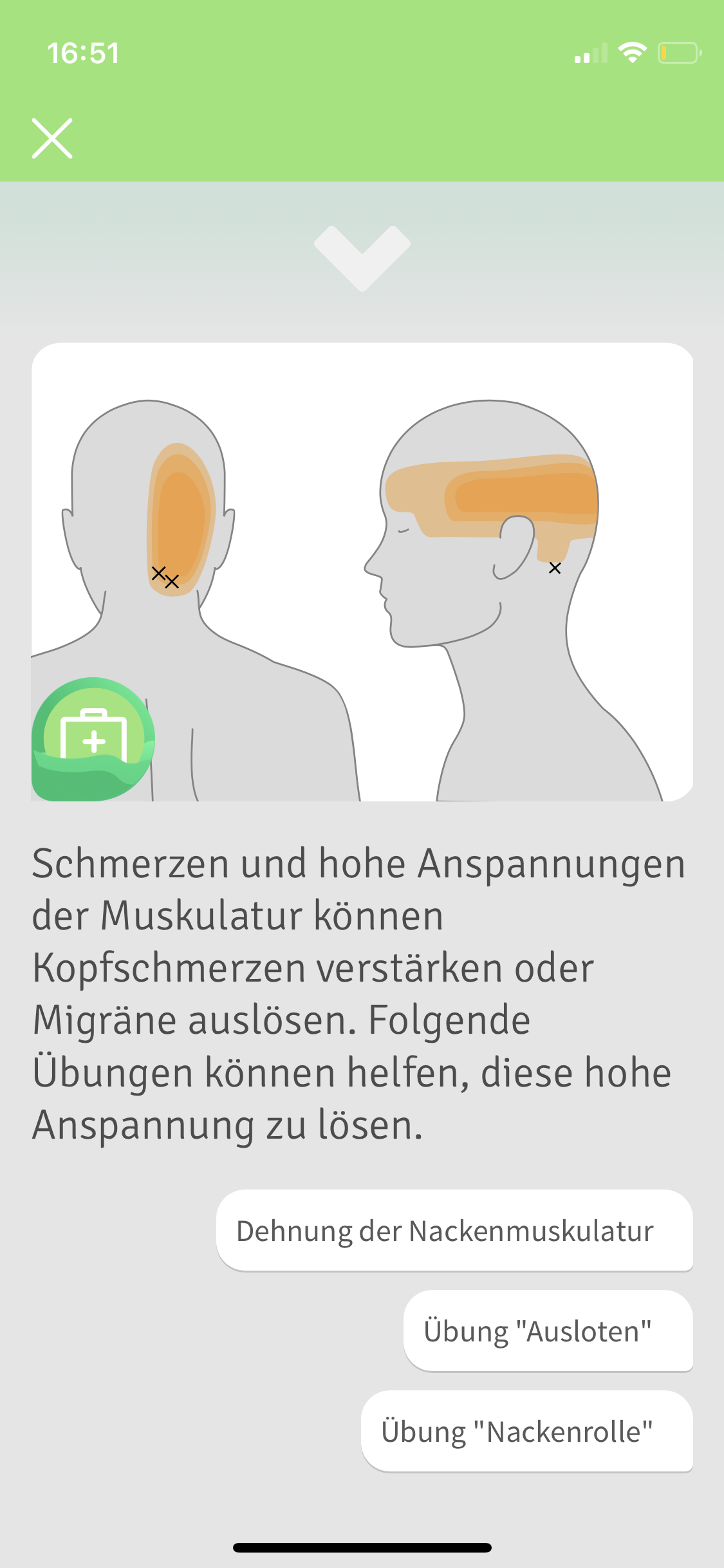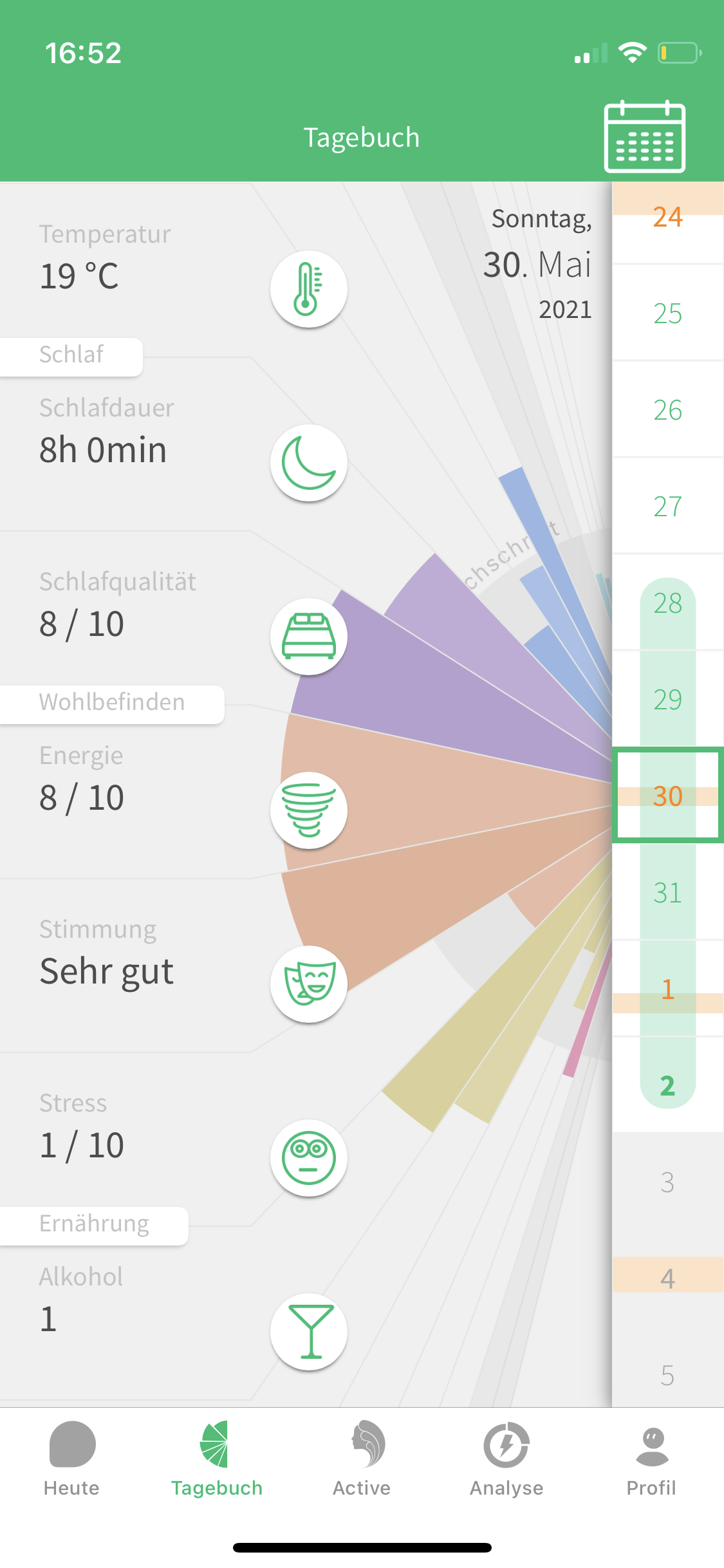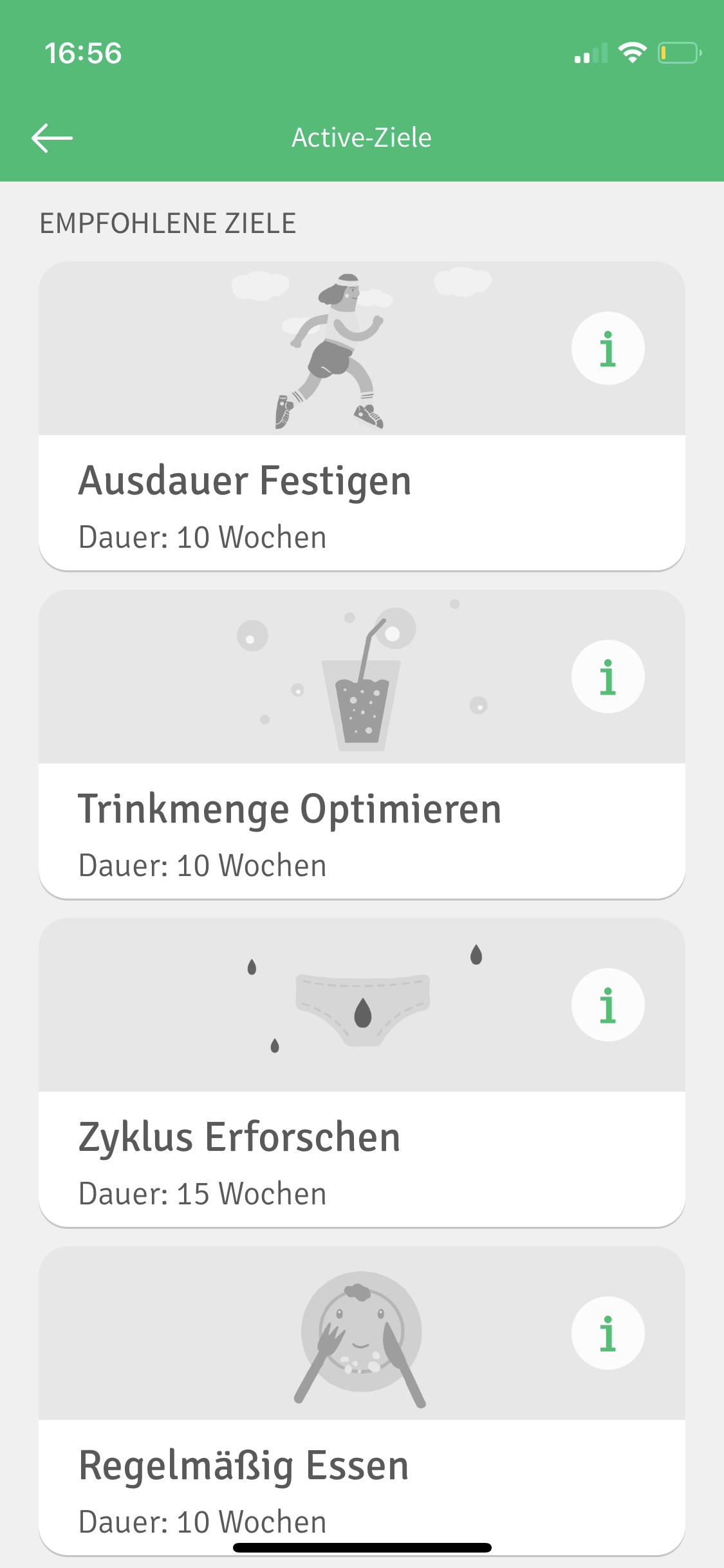Our Journey To Help Take Back Control
Since our early days of migraine awareness online, we’ve believed in one thing: medication works best when supported by smart software.
People living with migraine deserve digital support that helps them better understand their condition — and treat their attacks earlier and more precisely, especially in the critical pre-headache phase.
That’s what we’ve been working on for over 30 years.

This page shares where we started, what we’ve built, and where we see the future going.
From Patient-centric Research to Real-World Use
Our migraine research dates back to the mid-1990s. Since 2004, we’ve been working to translate scientific insights into digital care solutions — long before digital therapeutics (DTx) were recognized as a distinct treatment category.

Bridging Research and Prescription
M-sense was the first prescription DTx (aka DiGA; digital health application) for migraine, offering cognitive behavioral therapy as a low-threshold entry point — and as a way to collect data for the next generation of digital neuromodulatory interventions.
Unfortunately, the approval trial did not yield the desired results for permanent DiGA listing. And while the data collection showed great promise, the company lacked the funding to take the next step: targeted reprogramming of the migraine brain.
Designing the Future of Migraine Care
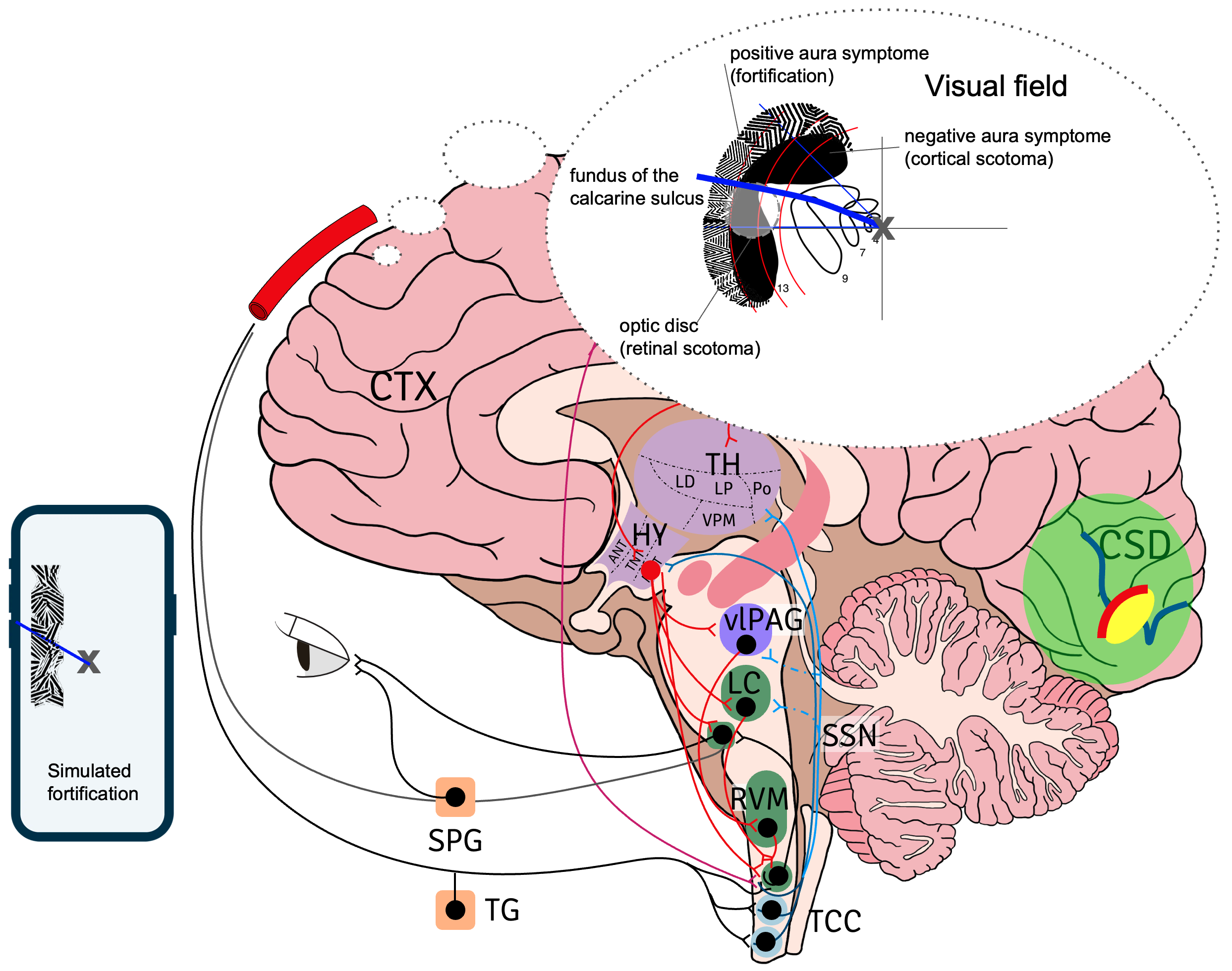
More Than Visualization: When Seeing Becomes Intervention
The Aura-o-mat™ and the MigraineBrainRadar™ both help detect visual and other sensory auras and early warning signs in the prodromal phase, respectively — opening a time window for preemptive pharmacological intervention.
But it doesn’t stop there: we are exploring how targeted visual stimulation can actively influence the brain during this sensitive phase — by modulating so-called “hot spots” and “labyrinths”, i.e., vulnerable neural pathways.
Our goal is to translate insights from brain modeling into digital therapeutic approaches that not only predict the course of a migraine attack, but actively redirect it.
When Vision Becomes Therapy
This short simulation visualizes the migraine aura as it emerges from brain circuitry — offering a glimpse of how precisely tuned stimuli might one day reprogram these circuits through neuroplasticity.
Experience a Migraine Aura Simulation: For best results, change to full screen (f), fix your gaze on the fly, and wait for at least ~20 seconds for the aura to emerge. Do not move your gaze away from the fly even so the aura expands into your peripheral vision.
This simulation is based on actual brain models used in our research.
